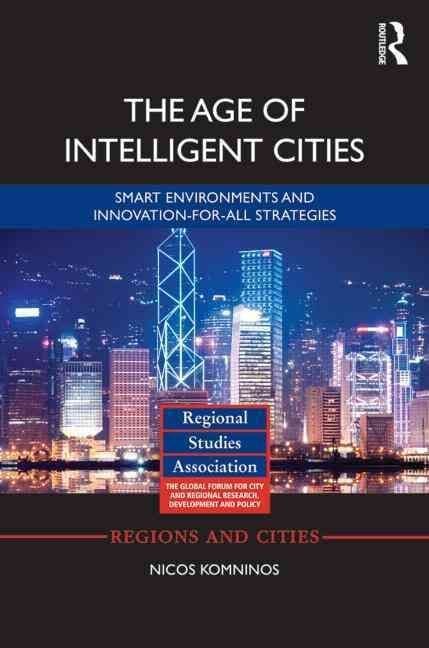This book concludes a trilogy that began with Intelligent Cities: Innovation, Knowledge Systems and digital spaces (Routledge 2002) and Intelligent Cities and Globalisation of Innovation Networks (Routledge 2008). Together these books examine intelligent cities as environments of innovation and collaborative problem-solving. In this final book, the focus is on planning, strategy and governance of intelligent cities. Divided into three parts, each section elaborates upon complementary aspects of intelligent city strategy and planning. Part I is about the drivers and architectures of the spatial intelligence of cities, while Part II turns to planning processes and discusses top-down and bottom-up planning for intelligent cities. Cities such as Amsterdam, Manchester, Stockholm and Helsinki are examples of cities that have used bottom-up planning through the gradual implementation of successive initiatives for regeneration. On the other hand, Living PlanIT, Neapolis in Cyprus, and Saudi Arabia intelligent cities have started with the top-down approach, setting up urban operating systems and common central platforms. Part III focuses on intelligent city strategies; how cities should manage the drivers of spatial intelligence, create smart environments, mobilise communities, and offer new solutions to address city problems. Main findings of the book are related to a series of models which capture fundamental aspects of intelligent cities making and operation. These models consider structure, function, planning, strategies toward intelligent environments and a model of governance based on mobilisation of communities, knowledge architectures, and innovation cycles–












